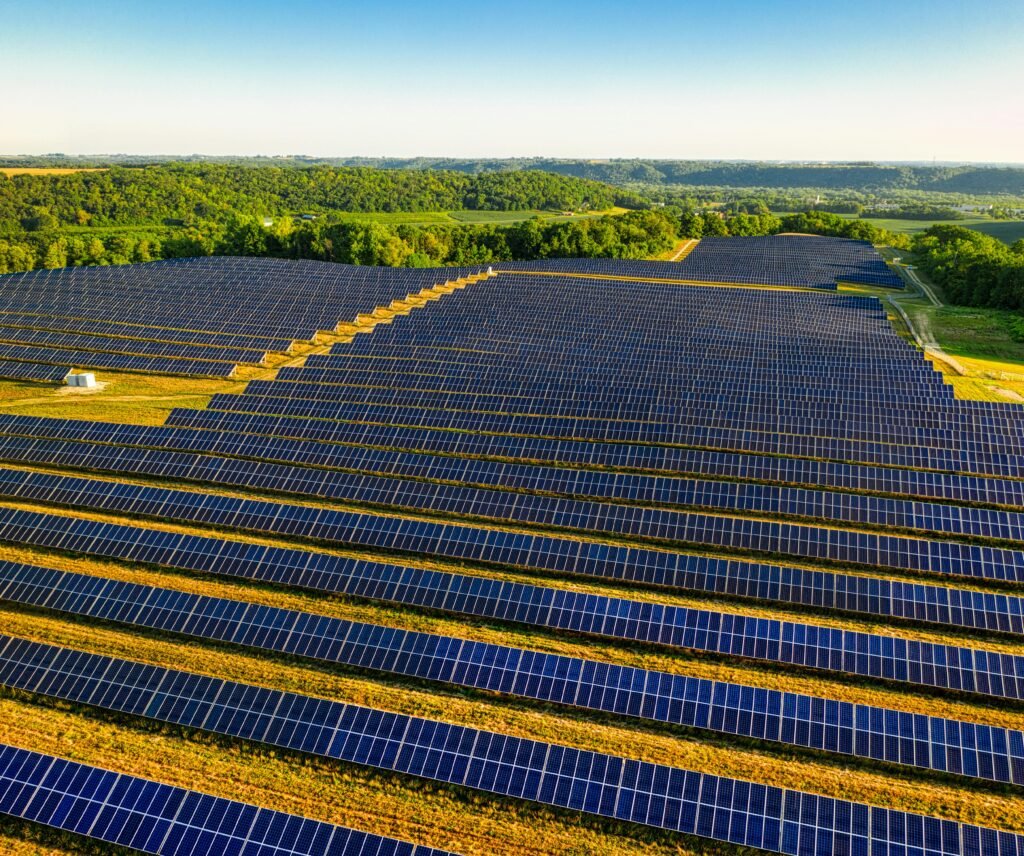Introduction to Energy Storage Systems
Energy storage systems are nowadays a basic component of the modern energy infrastructure. They are designed to store electricity for use at a later time. The development of these systems comes as a great solution to the challenges related to renewable sources of energy, which cannot be relied upon throughout the day. Renewable energy sources are dependent on the weather conditions. Through the use of energy storage solutions, we can get electricity even at times when the natural conditions for renewable energy sources to work is absent. This is achieved through the capture and storage of energy when it is abundant, such as during periods of heavy sunlight or strong winds.
Conventional fossil fuels remain one of the primary sources of worldwide carbon emissions, which cause climate change and all related disadvantages. So, many people have started to adapt to the renewable types, among which solar and wind power are the most widely known. However, these sources are not continuous in energy supply. Solar power only comes through during the sunny period, while wind power is a function of the wind.
Thus, the energy storage systems carry a lot of importance. They ensure proper balancing of supply and demand for electricity, decrease the instability of the grid, and make efficient usage of energy. Surplus electricity generated when the production is at its peak is stored by them. Therefore, it helps in providing the electricity when the production is low.
Understanding and implementing diverse energy storage systems are crucial steps toward advancing renewable energy adoption and achieving sustainable energy solutions. By integrating these systems, we enhance our capacity to harness and utilize renewable energy efficiently. Thus, paving the way toward a more stable and resilient energy future.
Different Types of Technologies to Store The Energy
Let us learn some of the different types of energy storage systems.
Batteries:
As of now, they remain the most dominant type, particularly with lithium-ion batteries. The science behind battery storage is rather simple. It depends on electrochemical reactions where the energy is stored during periods of excess production and discharged when there is a higher demand. The most advanced development in these batteries has been in terms of energy density, efficiency, and lifespan. Therefore, they become an increasingly suitable choice for applications ranging from grid-scale to residential areas.
Pumped Hydro Storage:
This method involves pumping water from the lower reservoir into the upper one, storing energy when excess power is available. When demand for electricity is at its peak, the stored water is returned back through turbines that generate electricity. The strength of such stored energy in pumped hydro is substantial, and this resource is most vital to the grid in supporting its stability during variable periods of renewable energy supply.
Compressed Air Energy Storage (CAES):
During non-peak periods, it compresses air in underground caves or other vessels. Then, it releases the compressed air whenever it is needed. As compressed air expands, it turns a turbine to generate electricity. CAES has huge amounts of energy that can be stored for a long time and is relatively cheap. However, special geological conditions are required, and it is less efficient overall than other technologies, so it is not very widely implemented.
Thermal Storage:
Thermal storage, especially in the form of molten salt storage, captures and retains heat energy. This heat energy can later be converted to electricity on demand. This technology is particularly useful in concentrating solar power (CSP) plants where sunlight is used to heat molten salt, which then retains the heat for electricity production after sunset. Thermal storage is gaining in importance as it can provide a longer time frame of energy delivery. Thus, it complements the natural variability of solar energy.
Flywheels:
The last type is that of the flywheel, which gets energy in the form of rotational kinetic energy. Flywheels have a fast response time and high power levels, and they are thus good at grid stabilizing as well as short-duration energy storage. Furthermore, flywheels are very long-lasting and durable. In terms of energy density, flywheels are not as dense as other types of energy storage systems hence, it can not be used for long periods of energy storage.

The Role of Energy Storage in Tackling Climate Change
Energy storage devices will have a major role in reducing greenhouse gas emissions in combating climate change by enhancing the efficiency and reliability of renewable energy. It reduces reliance on fossil fuel, which has major contributions to CO2 emissions. This is because we are storing energy generated by renewable energy sources and utilizing it later with the help of energy storage solutions. Lower emissions reduce the effects of climate change.
One of the great benefits of energy storage systems is providing stable and reliable supply of energy. Renewable energies are inherently intermittent; solar power relies on sunlight, and wind power relies on the intensity of wind forces. Energy storage systems, be it a battery, could capture excess production at peak periods and deliver it when there is low production or high demand. This ability is one of the necessary components of integrating renewable energies into the grid; it ensures a stable energy supply.
Grid stabilizing and reducing greenhouse gas emissions through cleaner energy alternatives are made possible by these technologies.
Benefits of Energy Storage Systems
There are numerous benefits of energy storage systems. In this regard, it helps provide a sustainable and efficient energy grid.
- One of the advantages is grid reliability and stability. It stores excess power in the low-demand period and then releases it in the peak times for continuous and steady supply. This ability, thus, prevent blackouts and also reduces the stress on the current infrastructure already in use.
- Another significant advantage is cost savings. By use of the energy storage system, consumers and businesses keep energy for usage at times when the tariffs are relatively high. This can be termed as time-shifting, a practice that saves a lot of money. For example, industrial facilities can avoid expensive peak demand charges by using their stored energy reserves, thus optimizing operational costs.
- Storing energy is very beneficial in case of emergencies. For example, if a storm knocks out the power or electricity grid breaks, places with stored energy can still work. This is really important for hospitals, computers, and people who help in emergencies. It means they can keep doing their jobs even when there is a problem.
- Moreover, energy storage systems are really crucial in promotion towards a cleaner environment. When these systems use other renewable energy sources like solar and wind power, it enables us to reduce the reliance on fossil fuels. For example, energy generated during sunny days could be stored for use at night or on more cloudy days. This maximizes using clean energy resources. Not only will it reduce greenhouse gas emissions, but this will also help us as a society toward a more sustainable energy future.

Challenges and Future Scope
The increased development of energy storage systems is important to the proper and sustainable management of energy, although it has some challenges. Let us discuss a few of them.
- One of the major disincentives is their comparatively high cost. The production costs combined with the cost of their raw materials, including lithium and cobalt, only make the whole equipment more expensive. Thus, it becomes difficult for many households and businesses to afford energy storage solutions, thereby limiting their implementation.
- Next up are the technological limitations. Current energy storage systems often struggle with energy density and longevity. For example, batteries may degrade over time, leading to reduced efficiency and capacity. Also, there is a need for complex cooling mechanisms and safety measures which only complicates their deployment. The existing infrastructure is not always conducive to integrating these advanced systems seamlessly. Thus, causing further delays and inefficiencies.
Future Scope
Despite these challenges, the future of energy storage systems holds substantial promise.
- The current research efforts and innovations are concentrated on making such technologies cheap and efficient. Improvements in battery chemistry look toward increasing energy density and extending the life of storage systems while reducing cost factors with developments such as solid-state batteries.
- Another promising technologies include flow batteries and supercapacitors. They offer unique advantages in terms of scalability and quick energy discharge capabilities, respectively.
- Furthermore, their infrastructure is growing. This involves the enhancement of grid systems to accommodate energy storage technologies. Also, smart grids need to be created that improve the management of energy distribution and consumption. The aspect of going for renewable energy with added advance storage technology is a way towards building a solid and sustainable energy ecosystem.
Final Thoughts!
We must work actively towards the implementation of these energy storage systems. We require continued investment and support from both the public and private sectors. Over time these systems can become stronger, making renewable energy a more reliable and inclusive of our daily lives. This will only contribute to our goal of fighting climate change.
Do share your thoughts by commenting below.






